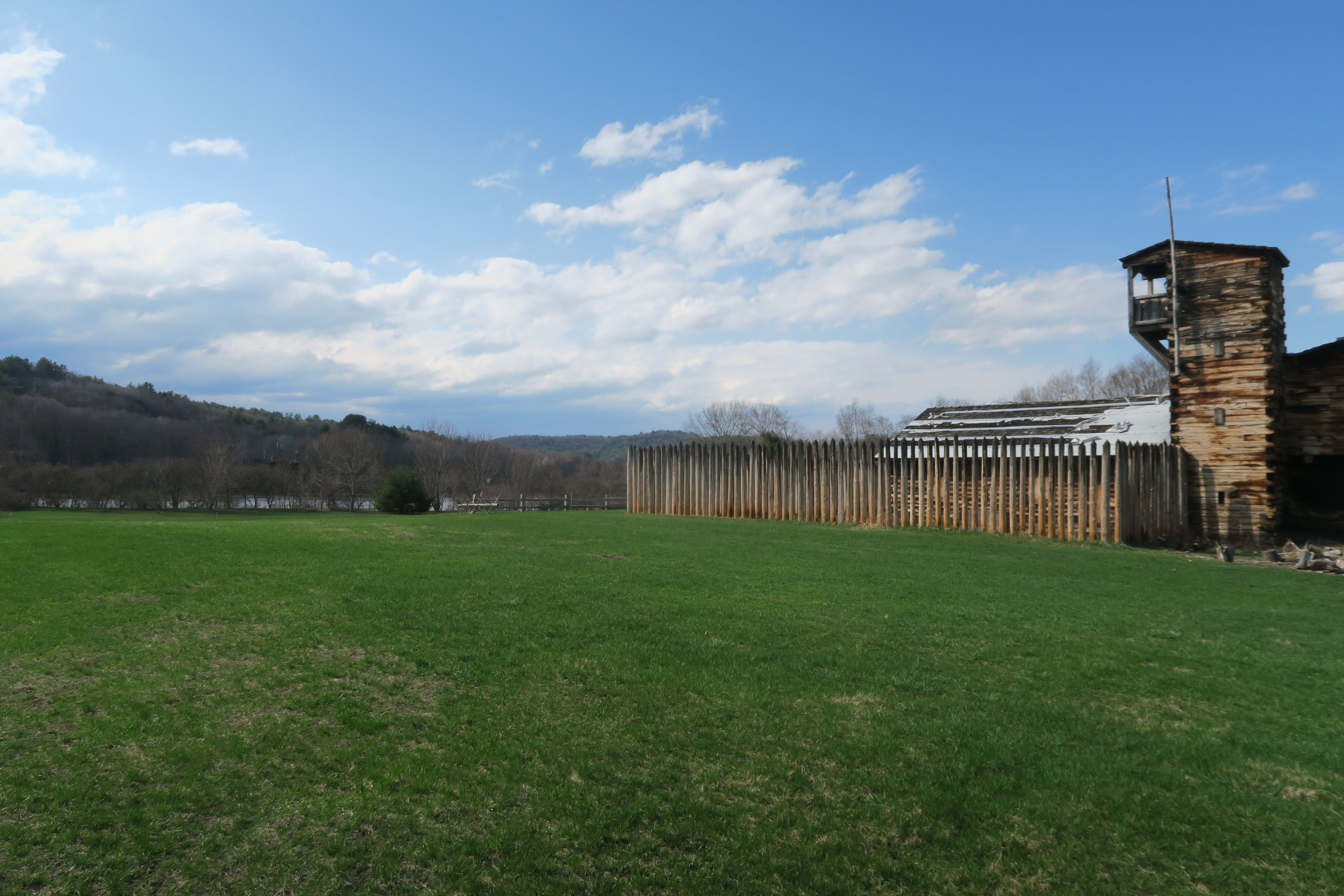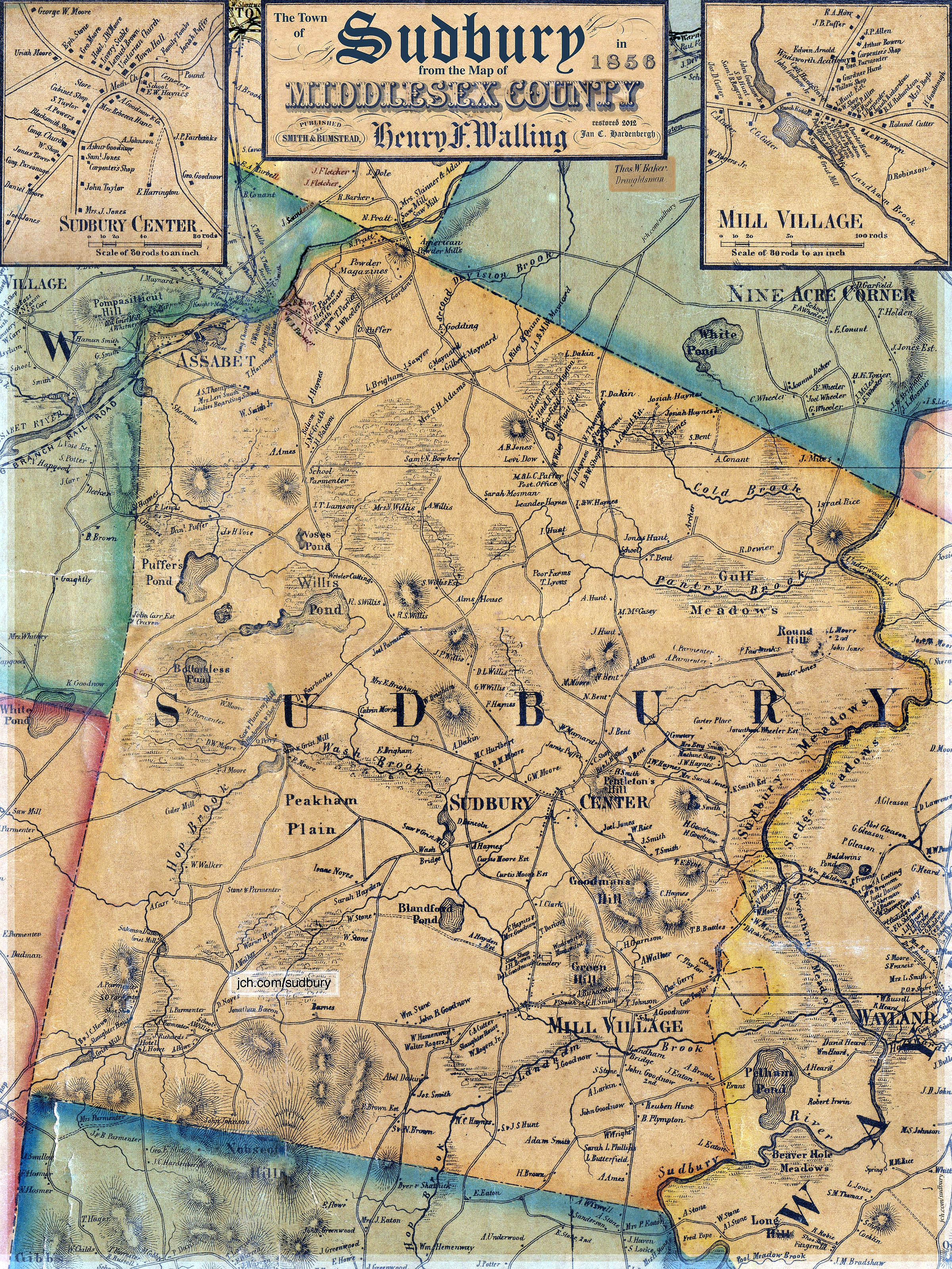|
Phineas Stevens
Capt. Phineas Stevens (20 February 1706 – 6 April 1756) was a distinguished officer noted for his defense of the Fort at Number 4 during a siege in April 1747, when a combined force of French and Indian soldiers failed to capture the fort and the 32 British soldiers defending it. Stevens was born in Sudbury, Massachusetts and was one of the fort's founders, serving as commander of the militia until 1750; he was also one of the earliest Anglo-American colonists to settle in the area. Stevens was active during King George's War and the French and Indian War, and died at Halifax Harbour, Nova Scotia Nova Scotia ( ; ; ) is one of the thirteen provinces and territories of Canada. It is one of the three Maritime provinces and one of the four Atlantic provinces. Nova Scotia is Latin for "New Scotland". Most of the population are native Eng ... in 1756. References *Parkman, Francis''A Half-Century of Conflict'', Volume 2 [...More Info...] [...Related Items...] OR: [Wikipedia] [Google] [Baidu] |
Fort At Number 4
The Fort at Number 4 was a mid-18th century stockade fortification protecting Plantation Number 4, the northernmost British settlement along the Connecticut River in the Province of New Hampshire until after the French and Indian War. It was located in the present-day town of Charlestown, New Hampshire. A recreation of the fort, dating to 1960, now functions as an open-air museum, and was added to the New Hampshire State Register of Historic Places in July 2020. History Plantation Number 4 was one of several towns established in 1735–36 in the Massachusetts Bay Colony, more than from the nearest other British settlement at Fort Dummer. Settlement of the town began in 1740 by brothers Stephen, Samuel and David Farnsworth. By 1743, there were 10 families settled at Number 4. The fortification within Number 4 was established in 1744 when the people of the town voted to move several of their homes to created a fortified section of the town. The "fort" was a rectangle of six houses ... [...More Info...] [...Related Items...] OR: [Wikipedia] [Google] [Baidu] |
Siege Of Fort At Number 4
The siege of Fort at Number Four (7–9 April 1747) was a frontier action at present-day Charlestown, New Hampshire, during King George's War. The Fort at Number 4 (named so because it was located in the fourth of a series of recently surveyed township land parcels), was unsuccessfully besieged by a French and Native force under the command of Ensign Joseph Boucher de Niverville. The British defenders were alerted to the presence of the besiegers by their dogs, and were well-prepared to defend the fort. They successfully fought off attempts to burn the fort down, and turned down demands that they surrender. Some of Boucher de Niverville's Natives, short on provisions, attempted to bargain with the fort's defenders for supplies, but were rejected. Background In the 1720s, during Dummer's War, the Province of Massachusetts Bay had constructed Fort Dummer at present-day Brattleboro, Vermont. In the following years, settlers from Massachusetts, which laid claim to the territory, mo ... [...More Info...] [...Related Items...] OR: [Wikipedia] [Google] [Baidu] |
Sudbury, Massachusetts
Sudbury is a town in Middlesex County, Massachusetts, United States. At the 2020 census, it had a population of 18,934. The town, located in Greater Boston's MetroWest region, has a rich colonial history. History Incorporated in 1639, the boundaries of Sudbury included (by 1653) what is now Wayland (which split off in 1780, initially as East Sudbury), and parts of present day Framingham, Marlborough, Stow and Maynard (the latter town splitting off in 1871). Nipmuc Indians lived in what is now Sudbury, including Tantamous, a medicine man, and his son Peter Jethro, who deeded a large parcel of land to Sudbury for settlement in 1684.Gutteridge, William H. (1921)''A Brief History of the Town of Maynard, Massachusetts'' Maynard, MA: Town of Maynard, p. 13-16 The original town center and meetinghouse were located near the Sudbury River at what is now known as Wayland's North Cemetery. For the residents on the west side of the river, it was a treacherous passage in the winter and ... [...More Info...] [...Related Items...] OR: [Wikipedia] [Google] [Baidu] |
King George's War
King George's War (1744–1748) is the name given to the military operations in North America that formed part of the War of the Austrian Succession (1740–1748). It was the third of the four French and Indian Wars. It took place primarily in the British provinces of New York, Massachusetts Bay (which included Maine as well as Massachusetts at the time), New Hampshire (which included Vermont at the time), and Nova Scotia. Its most significant action was an expedition organized by Massachusetts Governor William Shirley that besieged and ultimately captured the French fortress of Louisbourg, on Cape Breton Island in Nova Scotia, in 1745. In French, it is known as the ''Troisième Guerre Intercoloniale'' or Third Intercolonial War. The Treaty of Aix-la-Chapelle ended the war in 1748 and restored Louisbourg to France, but failed to resolve any outstanding territorial issues. Causes The War of Jenkins' Ear (named for a 1731 incident in which a Spanish commander sliced off the ea ... [...More Info...] [...Related Items...] OR: [Wikipedia] [Google] [Baidu] |
French And Indian War
The French and Indian War (1754–1763) was a theater of the Seven Years' War, which pitted the North American colonies of the British Empire against those of the French, each side being supported by various Native American tribes. At the start of the war, the French colonies had a population of roughly 60,000 settlers, compared with 2 million in the British colonies. The outnumbered French particularly depended on their native allies. Two years into the French and Indian War, in 1756, Great Britain declared war on France, beginning the worldwide Seven Years' War. Many view the French and Indian War as being merely the American theater of this conflict; however, in the United States the French and Indian War is viewed as a singular conflict which was not associated with any European war. French Canadians call it the ('War of the Conquest').: 1756–1763 The British colonists were supported at various times by the Iroquois, Catawba, and Cherokee tribes, and the French ... [...More Info...] [...Related Items...] OR: [Wikipedia] [Google] [Baidu] |
Halifax Harbour
Halifax Harbour is a large natural harbour on the Atlantic coast of Nova Scotia, Canada, located in the Halifax Regional Municipality. Halifax largely owes its existence to the harbour, being one of the largest and deepest ice-free natural harbours in the world. Before Confederation it was one of the most important commercial ports on the Atlantic seaboard. In 1917, it was the site of the world's largest man-made accidental explosion, when the blew up in the Halifax Explosion of December 6. The harbour was formed by a drowned glacial valley which succumbed to sea level rise after glaciation. The Sackville River now empties into the upper end of the harbour in Bedford Basin. The harbour also includes the Northwest Arm and The Narrows, a constricted passage to Bedford Basin Halifax Harbour has been polluted as a result of two centuries of direct raw sewage discharge into its waters. Health concerns in the 1990s caused the shut-down of all harbour beaches. The Harbour Solutions ... [...More Info...] [...Related Items...] OR: [Wikipedia] [Google] [Baidu] |
Nova Scotia
Nova Scotia ( ; ; ) is one of the thirteen provinces and territories of Canada. It is one of the three Maritime provinces and one of the four Atlantic provinces. Nova Scotia is Latin for "New Scotland". Most of the population are native English-speakers, and the province's population is 969,383 according to the 2021 Census. It is the most populous of Canada's Atlantic provinces. It is the country's second-most densely populated province and second-smallest province by area, both after Prince Edward Island. Its area of includes Cape Breton Island and 3,800 other coastal islands. The Nova Scotia peninsula is connected to the rest of North America by the Isthmus of Chignecto, on which the province's land border with New Brunswick is located. The province borders the Bay of Fundy and Gulf of Maine to the west and the Atlantic Ocean to the south and east, and is separated from Prince Edward Island and the island of Newfoundland by the Northumberland and Cabot straits, ... [...More Info...] [...Related Items...] OR: [Wikipedia] [Google] [Baidu] |
1706 Births
Seventeen or 17 may refer to: *17 (number), the natural number following 16 and preceding 18 * one of the years 17 BC, AD 17, 1917, 2017 Literature Magazines * ''Seventeen'' (American magazine), an American magazine * ''Seventeen'' (Japanese magazine), a Japanese magazine Novels * ''Seventeen'' (Tarkington novel), a 1916 novel by Booth Tarkington *''Seventeen'' (''Sebuntiin''), a 1961 novel by Kenzaburō Ōe * ''Seventeen'' (Serafin novel), a 2004 novel by Shan Serafin Stage and screen Film * ''Seventeen'' (1916 film), an American silent comedy film *''Number Seventeen'', a 1932 film directed by Alfred Hitchcock * ''Seventeen'' (1940 film), an American comedy film *''Eric Soya's '17''' (Danish: ''Sytten''), a 1965 Danish comedy film * ''Seventeen'' (1985 film), a documentary film * ''17 Again'' (film), a 2009 film whose working title was ''17'' * ''Seventeen'' (2019 film), a Spanish drama film Television * ''Seventeen'' (TV drama), a 1994 UK dramatic short starring Christi ... [...More Info...] [...Related Items...] OR: [Wikipedia] [Google] [Baidu] |
1756 Deaths
Events January–March * January 16 – The Treaty of Westminster is signed between Great Britain and Prussia, guaranteeing the neutrality of the Kingdom of Hanover, controlled by King George II of Great Britain. *February 7 – Guaraní War: The leader of the Guaraní rebels, Sepé Tiaraju, is killed in a skirmish with Spanish and Portuguese troops. * February 10 – The massacre of the Guaraní rebels in the Jesuit reduction of Caaibaté takes place in Brazil after their leader, Noicola Neenguiru, defies an ultimatum to surrender by 2:00 in the afternoon. On February 7, Neenguiru's predecessor Sepé Tiaraju has been killed in a brief skirmish. As two o'clock arrives, a combined force of Spanish and Portuguese troops makes an assault on the first of the Seven Towns established as Jesuit missions. Defending their town with cannons made out of bamboo, the Guaraní suffer 1,511 dead, compared to three Spaniards and two Portuguese killed in battle. * Febr ... [...More Info...] [...Related Items...] OR: [Wikipedia] [Google] [Baidu] |
People Of New Hampshire In The French And Indian War
A person ( : people) is a being that has certain capacities or attributes such as reason, morality, consciousness or self-consciousness, and being a part of a culturally established form of social relations such as kinship, ownership of property, or legal responsibility. The defining features of personhood and, consequently, what makes a person count as a person, differ widely among cultures and contexts. In addition to the question of personhood, of what makes a being count as a person to begin with, there are further questions about personal identity and self: both about what makes any particular person that particular person instead of another, and about what makes a person at one time the same person as they were or will be at another time despite any intervening changes. The plural form "people" is often used to refer to an entire nation or ethnic group (as in "a people"), and this was the original meaning of the word; it subsequently acquired its use as a plural form of per ... [...More Info...] [...Related Items...] OR: [Wikipedia] [Google] [Baidu] |







_1938.jpg)